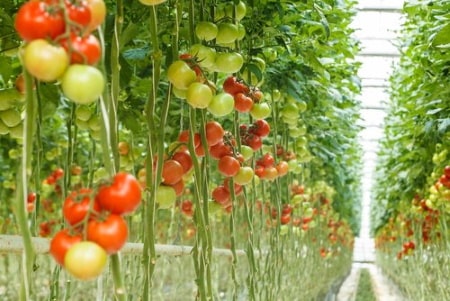Hydroponics is a method of cultivating plants without soil, using nutrient-rich water solutions. It’s an innovative approach that allows for more controlled and efficient plant growth.
Hydroponics relies on the principle that plants require essential nutrients, water, and light to grow. Instead of traditional soil, it utilizes a soil-less medium to support plant roots while delivering nutrients directly to them.
Step 1: Select a Hydroponic System:
There are various hydroponic systems available, each with its advantages. For beginners, let’s consider the simplest, the deep Water Culture (DWC) system.
Step 2: Gather Essential Components:
To set up your hydroponic system, you’ll need the following components:
• Reservoir: A container to hold the nutrient solution.
• Growing Medium: An inert material to support the plants.
• Air Pump and Airstones: For oxygenating the nutrient solution.
• Net Pots: Containers for your plants.
• Nutrient Solution: Provides essential minerals and nutrients.
• pH Kit: To monitor and adjust pH levels.
Step 3: Plant Selection:
Opt for plants that thrive in hydroponic systems. Beginners often succeed with leafy greens like lettuce, herbs like basil, and fast-growing vegetables such as radishes.
Read Also: Characterization and Composition of Sewage
Step 4: Set Up the System:
1. Place your plant containers (net pots) into the system.
2. Fill the reservoir with the nutrient solution and maintain proper pH levels (around 5.8 for most crops).
3. Insert the air pump and airstones to ensure oxygenation.
4.Ensure your grow lights provide adequate illumination.
Step 5: Monitor and Maintain:
Regularly check your system to ensure:
• The nutrient solution remains at the appropriate level.
• pH levels are stable.
• Plants receive sufficient light.
Step 6: Harvest and Enjoy:
When your plants are ready, harvest them, and relish the taste of homegrown, nutrient-rich produce.
In conclusion; Hydroponics for beginners offers an exciting way to grow plants efficiently. By selecting the right system, following essential steps, and choosing suitable plants, you can embark on your journey to becoming a successful hydroponic gardener.
Whether you’re cultivating lettuce, basil, or any other plant, the rewards of this soil-less technique are well worth the initial learning curve.
Read Also: How to Negotiate a Business Deal
